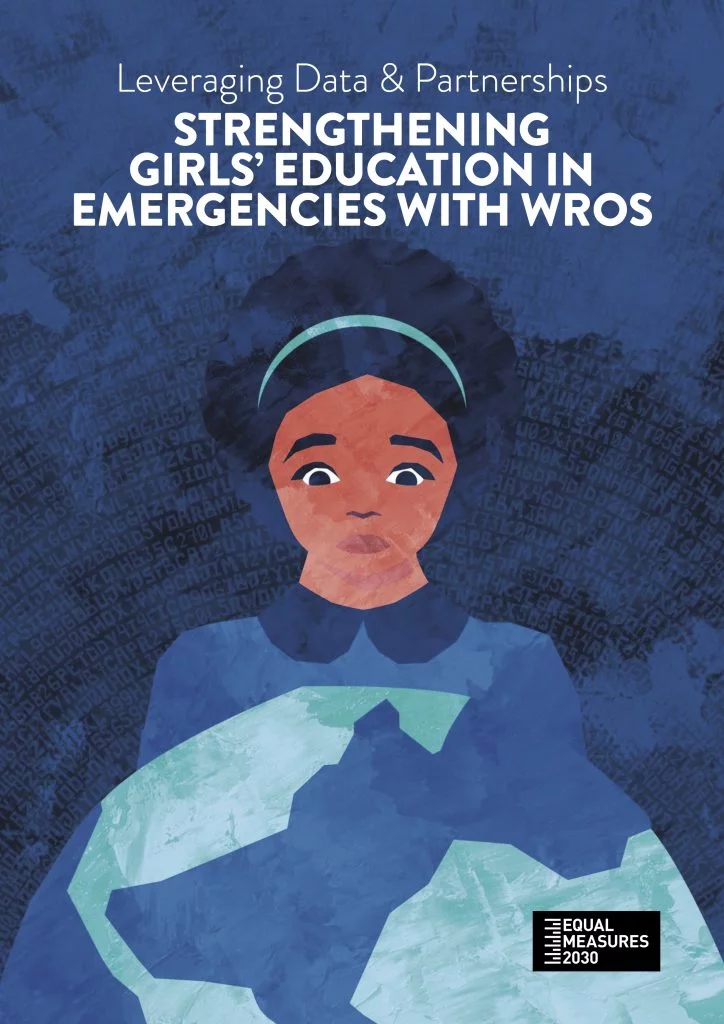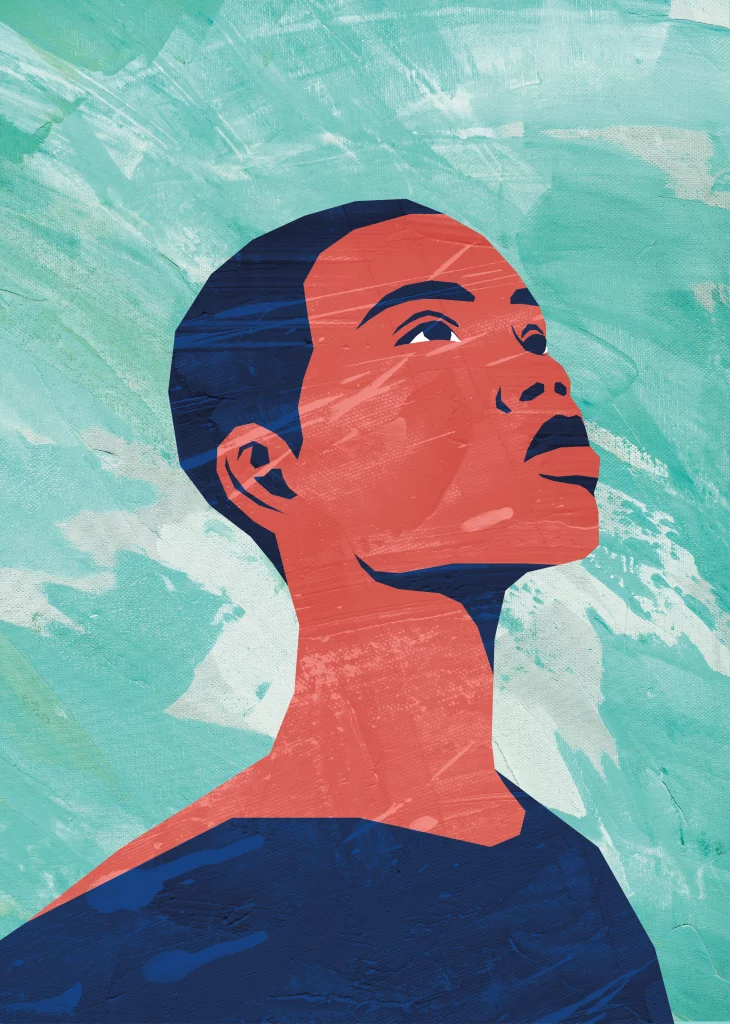Girls’ Education

Equal Measures 2030 has been working closely with stakeholders in both Kenya and Burkina Faso to map data insights and perspectives across the education in emergencies (EiE) landscapes in each country. The project is part of the Global Affairs Canada commitment to the Charlevoix declaration, which aims to improve education for girls and women affected by crises, as well as lead to the collection of better sex and age-disaggregated data on education in emergencies. Through this process, we found that the critical contributions of grassroots Women’s Rights Organisations (WROs) are often missing from the conversation.
The report addresses the varying barriers to girls’ education in crisis- and conflict-affected or fragile situations as well as the challenges WROs face utilising data and having their voices heard in these decision-making spaces. Once WROs can use quality data to advocate for girls’ right to education and make their voices heard in decision-making processes, we will not only begin to shift the balance of power in the EiE ecosystem, but be able to deliver more responsive, tailored, and effective solutions. We hope that the report will represent a step toward fixing current imbalances by encouraging more grounded and equitable flows of data and stronger mechanisms of collaboration.

Key Findings:
Any solution to girls’ education in emergencies in Sub-Saharan Africa must start with those who have a strong understanding of the challenges facing them: in this case, WROs in Burkina Faso and Kenya.
- Solutions need to be specific to local contexts: Central to these challenges, and to the effectiveness of responses, are the on-the-ground conditions faced by girls in crisis situations. Girls experience a range of, in part due to a lack of data and quality data, poorly understood threats and obstacles, related to gender, that limit access to a quality and safe education and hinder girls’ learning.
- Girls face barriers to education access and experience: These gendered include: gender-based violence, discrimination, child and forced marriage, and lack of access to healthcare and menstrual hygiene management and other basic services. As well as unpaid care work and domestic labour, school fees, prioritization of boys’ education over girls.
- Children in school still face challenges: These include poor quality facilities, large class sizes, lack of qualified teachers and lack of gender parity among teaching staff.
- In-school challenges can be gender specific: Challenges can affect girls’ differently, for example, a lack of female teachers may result in parents pulling their girls out of school out of safety concerns.
- WROs can fill these gaps: The next step will be to define and implement stronger mechanisms for leveraging partnerships and data-based advocacy.
- The EiE sector can be transformed through grassroots knowledge: When decisions are informed by the grassroots knowledge of women and girls who understand the real barriers and challenges, they are facing, we will not only begin to shift the power in the EiE ecosystem, but deliver more responsive, tailored and effective solutions.
How Do We Transform EiE?
1. By including, amplifying and respecting WROs at all levels: WROs are currently absent from national discussions on challenges and directions for EiE policy and interventions. Without representation from the grassroots, critical nuance is lost, creating conditions for gaps in service delivery. To do this we can:- Decentralise coordination structures and involve WROs as partners at all stages, and not simply as token members. This will help ensure that working group evidence gathering and decision-making structures align with their organisational perspectives and capacities.
- Clarify understandings of the sources and types of data needed for working group effectiveness, as well as mechanisms of data flow among working group members.
- National working groups should also develop specific sub-groups focusing on issues of girls’ EiE.
- Build stronger partnerships between programmes tackling different issues. Individual programmes are often limited in their scope to address the diversity of challenges girls face in EiE (e.g., patriarchal structures, lack of health and wellbeing services, GBV and FGM, poverty and economic pressures, additional challenges for children with disabilities) but this can change through strong partnerships and networks.
- Acknowledge the specific challenges facing girls and avoid current tendencies toward gender-neutral approaches when designing and implementing EiE programmes.
- Provide training and capacity building for WROs focused on best practice for data collection, analysis and visualisation.
- Improve accessibility and presentation of government databases, and equip grassroots organisations with clear instructions on how to access and use data.
- Funders, across the global development landscape, should heed growing calls for decolonial funding practices that implement participatory approaches to programme design and distribution of resources.
- Transition away from project-based mechanisms of funding distribution at the grassroots, which not only limits organisations’ flexibility in tackling the issues they see as most critical, but also creates risk of organisations becoming siloed within the issue-based boundaries dictated by funders.

Learn more about our partners :
Initiative Pananetugri pour la Bien-être de la Femme (IPBF), Burkina Faso
- Initiative Pananetugri pour la Bien-être de la Femme (IPBF) (the Pananetugri Initiative for the Well-being of Women) focuses on developing female leadership and empowerment, especially among young women and girls.
- In partnership with EM2030, IPBF focuses on improving access to and use of data on girls’ education in crises and humanitarian settings in Burkina Faso and across West Africa.
FAWE (Forum for African Women Educationalists), Kenya
- FAWE is a Pan-African organization led by African women working towards equality in education across the continent.
- In partnership with EM2030, FAWE focuses on improving access to and use of data on girls’ education in crises and humanitarian settings in Kenya and across Africa

